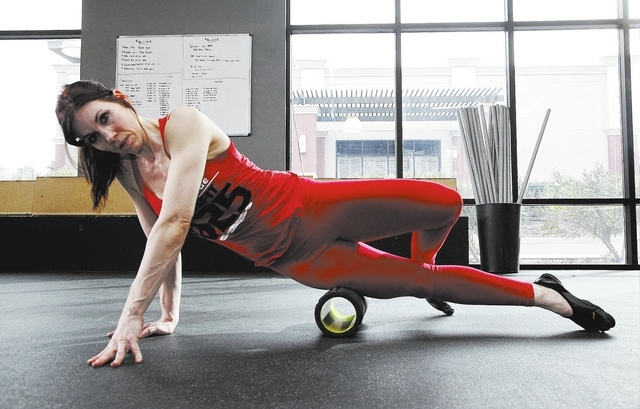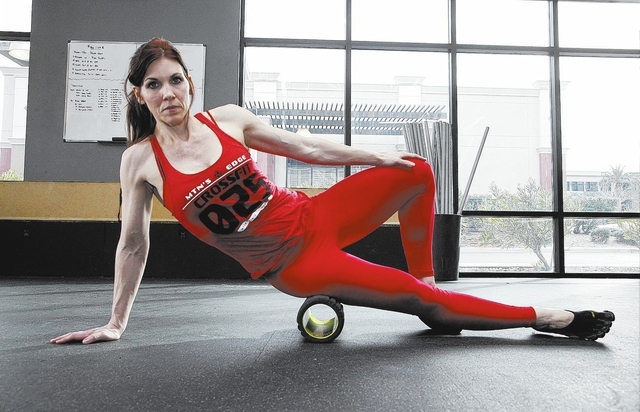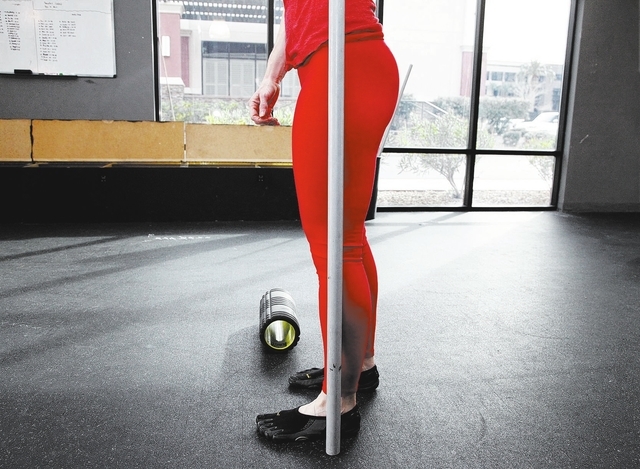Learning the proper techniques safest way to roll





Continued education is invaluable.
The more you know, the better you can perform your job. Legal and medical professionals often are required to take continuing education courses to stay up-to-date on research and findings.
For example, it used to be common practice for a physician to allow a patient to bleed from the arm to help fight infection. Luckily that is no longer the practice.
Today, I would like to clarify some foam rolling techniques and specifics. Everything from what to call it, to where to roll and not roll, and how to roll depending on what exercises you are about to do. I am not exempt from making foam rolling mistakes. Thanks to continued education I know how to recommend this technique better.
Foam rolling is a valuable tool if it is used correctly. Most people just foam roll anything that hurts. This is partly correct. A painful area means your body needs some kind of attention in that spot. Some correctly applied foam rolling can help relax muscles to aid in decreased soreness of the muscle and even decreased tenderness in the muscles’ associated joints.
To start, let me clarify exactly what a foam roller is and what we do with it. A foam roller is a cylinder of molded foam that can have varying densities. A person uses it to self-massage muscle tissue for the purpose of helping it relax a particular muscle.
It is common to use the term self-myofascial release, or SMFR, when referring to foam rolling. Myofascial release is a specific technique developed by physical therapist John Barnes. His technique is a more hands-on kind of therapy.
It evolved to “self” therapy as foam rollers were used in place of a knowledgeable therapist. The SMFR term has become common for all foam rolling and not just one kind developed for a specific purpose. It is more correct to use the term “foam rolling” or “self-rolling” in place of the SMFR term.
Foam rolling is for muscles. If you have had the pleasure of seeing “Bodies … The Exhibition” at Luxor you will notice that there are two kinds of tissue that wrap our bodies — red muscle tissue and white connective tissue. Red muscle tissue is for rolling. Rolling white connective tissue is contraindicated. White connective tissue can become calloused, which can reduce the pain sensation. So instead of helping the muscle, you shut off the pain without fixing much of anything.
A big area to avoid direct foam rolling is the IT band. It is a long band of connective tissue on the outside of the leg that connects the hip to the knee. Contrary to one of my earlier columns, one should avoid rolling the IT band directly. Rolling the muscles around the IT band can help relieve tightness in the IT band by association. I prefer gently stretching this area instead of direct rolling. Check out the video at www.lvrj.com/trainer for specifics on rolling around the IT band.
Self-rolling tools are becoming more abundant in sports stores and aisles. You may see foam rollers, rolling balls and even fancy rolling pinlike devices. These are all used to help relax muscles by using pressure. They range in price from a few dollars to more than $50. You don’t need every tool to roll effectively. My favorite tools are a lacrosse ball and a softball. I will use a foam roller if there is one available in the gym.
Too much rolling can be destructive. The goal of exercise and rolling is to gently break down a muscle so it can heal itself and become stronger. If you consistently break down muscle then it doesn’t have time to heal. Injury can easily occur in this type of environment.
Many professionals do not like foam rolling because it is easy to roll too much or the wrong areas consistently. It may take a therapist or body worker some time to undo incorrect rolling habits. My advice is to become educated about techniques you use.
Roll muscle and not connective tissue or joints. Roll gently. Pain is not the objective. If rolling doesn’t seem to help after a few weeks, then stop rolling and seek the guidance of a professional.
If you prefer to roll, then make the rolling quick before your workout. Fast rolling is designed to warm the muscle so it can glide smoothly as it contracts eccentrically, isometrically and concentrically during your workout. If you want a more therapeutic rolling session, do so after your workout. Roll slower and allow the tools to get deeper. I like to follow rolling with stretching. On a pain scale from 1 to 10, avoid pain above an 8 in intensity. Pain makes a muscle contract instead of relax.
Chris Huth is a Las Vegas trainer. He can be reached at 702trainer@gmail.com. Consult your physician before beginning any exercise program.


















